Think downsizing engine capacity is a modern idea? Then look again at these small-engined wonders that go back as far as the 1920s to prove that small engines have been big news for as long as the car has been a popular means of transport.
Not all of these cars use small engines purely for economy needs, and several put performance above frugality. We’ve listed them in order of ascending engine size.
Peel P50 – 49cc
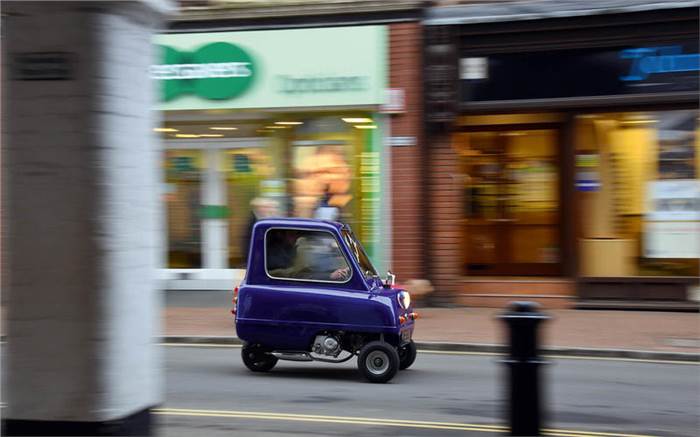
Peel holds the honour of being the only carmaker ever from the Isle of Man, and the P50 has also been listed as the smallest production car ever by Guinness World Records. At the core of this diminutive single-seat machine is a 49cc single-cylinder engine that you’d be more likely to find in contemporary mopeds of the period.
Built from 1962 to 1965, the original P50 was aimed as a commuter car that could be lifted up by a handle to pull into a garage or bike shed. Usefully, this also got around the issue of the car not having a reverse gear. The same shape P50 is now available with an electric motor and also the option of a 125cc four-stroke engine with a dizzying top speed of 88.5kph.
Bond Minicar – 122cc
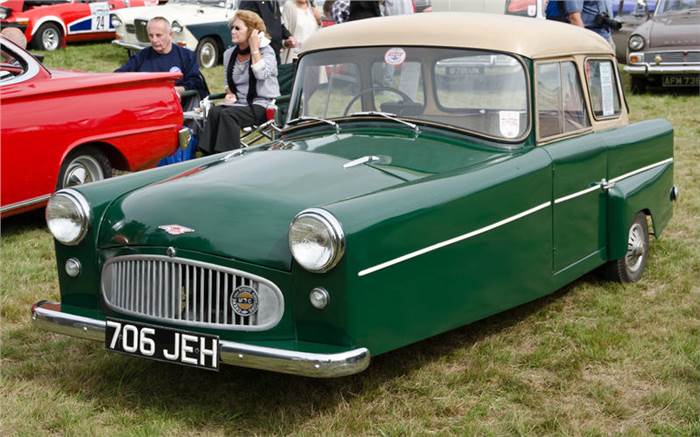
If it wasn’t absolutely necessary to the basic need for transportation, the Bond Minicar wouldn’t have it. That was the thinking behind this pared-to-the-bone three-wheeler that used a minimal 122cc, single-pot two-stroke engine. Lifted from a motorcycle, its equally low 5hp power output meant it was all done by 80.4kph.
Such extreme parsimony resulted in a car that weighed only 140kg, so the small engine could just about cope with powering a car that could seat four. Later models gained useful luxuries such as doors, a roof and front brakes. Post-war British drivers were so desperate for a motoring fix that 24,848 Minicars were made and it lasted in production from 1948 until 1966; British tax rule changes had removed an advantage three-wheelers had, and would-be buyers bought a Mini instead.
Messerschmitt KR175 – 173cc

The Messerschmitt KR175 reached a production total of 19,668 during its life. Despite that figure being some way behind that of the BMW Isetta’s 1,61,000, the KR remains one of the most readily identifiable small cars ever made. It helped that the design was inspired by the canopy of the Messerschmitt fighter plane, though it doesn’t use leftover canopies as some have claimed. This dictated a tandem seating arrangement but decent passenger space.
A 173cc, two-stroke, single-cylinder engine with 9.1hp was enough to see the Messerschmitt to 80.1kph, helped by an all-up weight of 200kg. Unlike many other bubble cars, the KR came with an electric start and reverse gear, while its high standards of build also means plenty survive today.
Heinkel Cabin Cruiser – 174cc
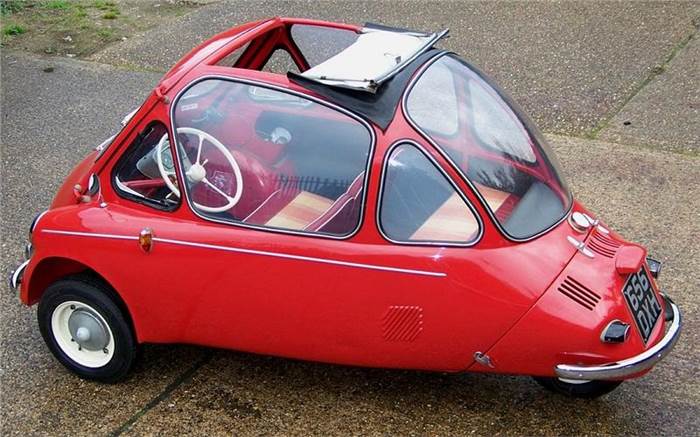
Unlike many bubble cars and economy machines of the 1950s that used two-stroke engines, the Heinkel had a 174cc four-stroke engine. That later increased to 198cc, but both single-cylinder engines appealed for their lower maintenance requirements and no need to pre-mix their fuel with two-stroke oil. For car drivers, this was a blessing.
The Heinkel started off being made in Germany, but production shifted to Ireland and it was also produced as the Trojan in England. Always well put together and able to seat four if you didn’t mind being chummy with fellow passengers, the Heinkel has survived in reasonable numbers from the 23,000 built between 1956 and 1965.
Isetta – 245cc
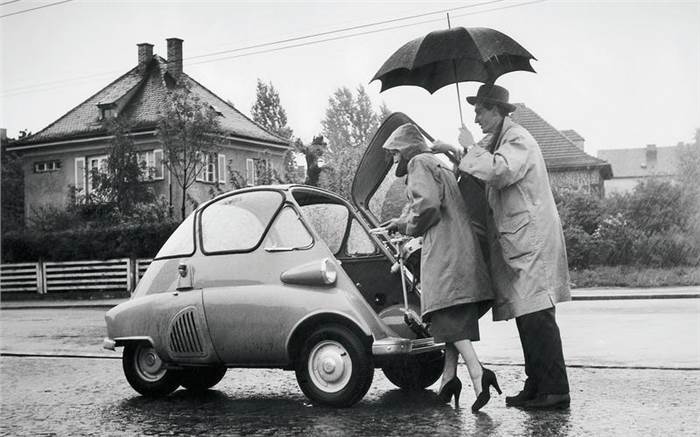
It’s hard to imagine now, but BMW was in the financial doldrums in the mid-1950s, so the Isetta was a much-needed 245cc shot in the arm. Here was a tiny-engined tiny car (its length was 2,250mm) that ideally chimed with the times as the Suez Crisis kicked in and caused fuel to spiral in cost. Economy cars like the Isetta were suddenly in demand and even fashionable.
The Isetta’s single-cylinder engine was mounted behind the cabin and in front of the single rear wheel, though earlier models used a close-coupled twin rear wheel layout. A later 298cc 300 model arrived with a heady 13.1hp, but it lost out to the Mini that arrived in 1959 to offer economy, space and greater comfort, for not that much more money.
Berkeley SE322 – 322cc

Can you have a sportscar with an engine of just 322cc? Berkeley certainly thought so and its SE322 showed there was more to having four-wheeled fun than just lots of power. Its Anzani motorcycle two-cylinder engine thrived on revs, which was fine in the British two-seater as it weighed just 380kg.
Given full noise off the line, the SE322 needed 38.3sec to get from rest to 96.5kph, which was slow even by the standards of the 1950s. Yet an eventual top speed of 104.6kph was impressive from such a small engine and it could be kept on the boil with lots of revs to make the most of the car’s handling. A larger 328cc motor offered a shade more performance, but low cost was the major attraction for both models.
Honda N360 – 354cc

In many ways, the N360 paved the way for Honda’s definitive Civic model. The hatchback shape was there, along with good handling and build quality. However, the 360 used an air-cooled two-cylinder engine, with the 354cc unit mounted up front and driving the forward pair of wheels.
As you might expect of a car with a motorcycle manufacturing background, the N360’s engine was happy to rev hard and could take the Honda to a top speed of 137kph. That made this Japanese small car a direct rival for the Mini and it’s equally as prized by collectors now as its British counterpart. The Honda N600 was very similar but was equipped with a 600cc engine, and was the first Honda to be officially sold in the USA, first arriving there in 1969.
Subaru 360 – 356cc

For a company famed for its all-wheel drive models, Subaru’s car roots lie in the 356cc rear-engined 360 model. It was designed to meet the kei car legislation, with its strict confines for space and engine capacity, so the two-stroke, two-cylinder engine was all it needed.
With 25.3hp, the Subaru was more powerful than many of its rivals and the 549kg car could seat four and reach 96.5kph. However, it was also cramped inside and the bug-eyed styling was not as popular as rivals from Honda and Toyota. That didn’t put off Subaru and the 360 remained in production from 1958 through to 1971.
Citroën 2CV – 375cc
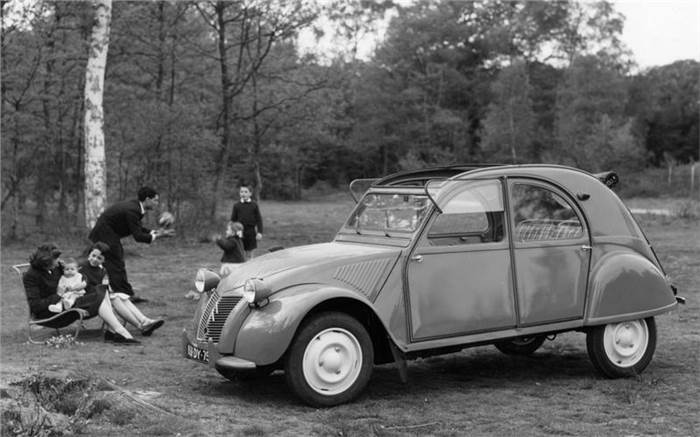
Dreamed up before the Second World War, the Citroën 2CV made its debut in 1948 and was an instant hit with French drivers. It took longer to find sales elsewhere as the 9hp 375cc horizontally-opposed twin-cylinder engine was at best barely adequate for the job. When that job included pulling four people, it could be very slow going until the larger 12hp 425cc unit arrived in 1954.
It may not have been big on power, but the 2CV little engine was clever in its simplicity. Air-cooling reduced maintenance and the motor was light enough to lift out by one person, should it need major work. This facet has not been lost on those who race 2CVs and complete engine swaps are not unheard of in less than 10 minutes.
Fiat 500 Nuova – 479cc
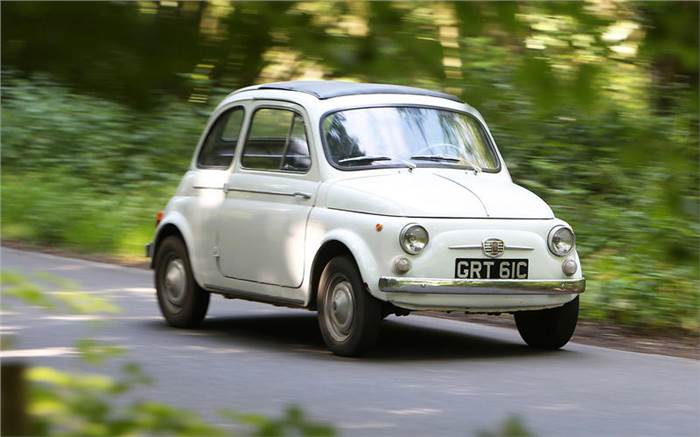
Just as the Volkswagen Beetle got Germany back on its wheels, the Fiat Nuova 500 did the same for Italy. Like the VW, it used a rear-mounted, air-cooled engine but the Fiat’s was a parallel-twin of just 497cc. The engine soon grew to 499cc for a modicum of extra power and flexibility and this version remained in production until 1975.
While the compact engine in most 500s trundled away with just 18.2hp, Abarth took that up to as much as 40.5hp in the 695SS model. In a car tipping the scales at a mere 500kg, this gave the pint-pot Italian enough oomph to rival the Mini Cooper.
NSU Wankel Spider – 497cc
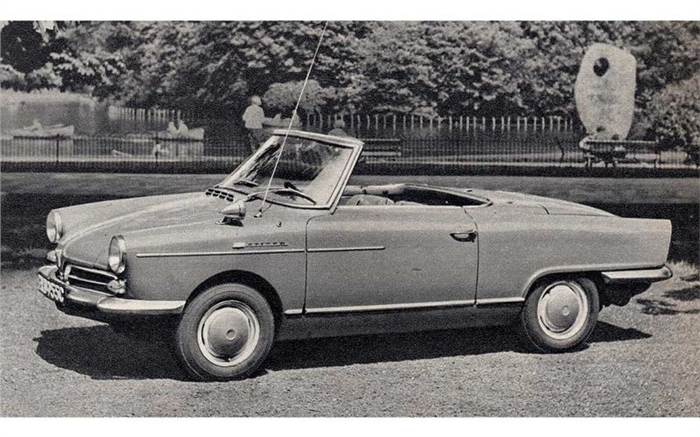
By the 1960s, the rotary engine had developed to the point where it was being thought of as a viable alternative to the usual piston offerings. The NSU Wankel Spider made the most of the technology with its 497cc rotary motor that gave 50.7hp, which was more than the magical 101.3hp/ton. That saw the little two-seat sportscar to more than 161kph.
It all looked very good on paper for the Spider, but the engine that made it such a tempting prospect also proved to be its undoing. Through a mixture of unreliability and owners not understanding the need for regular maintenance, the NSU was too expensive to maintain properly and sales floundered after just 2,375 had been built in its three-year life from 1964 to 1967.
Smart Fortwo – 599cc
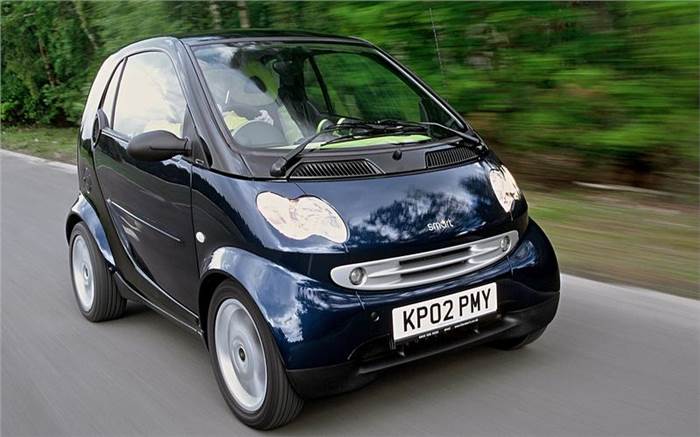
After a protracted development that started with an idea from watchmaker Smart and initial involvement with Volkswagen, it was Mercedes that launched what became known as the Fortwo. Unashamedly a city car, the Smart’s party piece was it could be parked perpendicular to the kerb so you could just get in and drive out.
Much of this ability was down to the compact engine design that employed a three-cylinder engine tucked behind the rear axle. A turbo helped drum up 54.7hp from the 599cc motor, though performance was still sluggish as 0-96.5kph took 17.9sec and top speed was 135.1kph.
The semi-automatic gearbox didn’t help matters with its slow, jolting shifts, but the Smart earned plenty of affection for its dedication to tempting drivers out of larger cars.
Tata Nano – 624cc
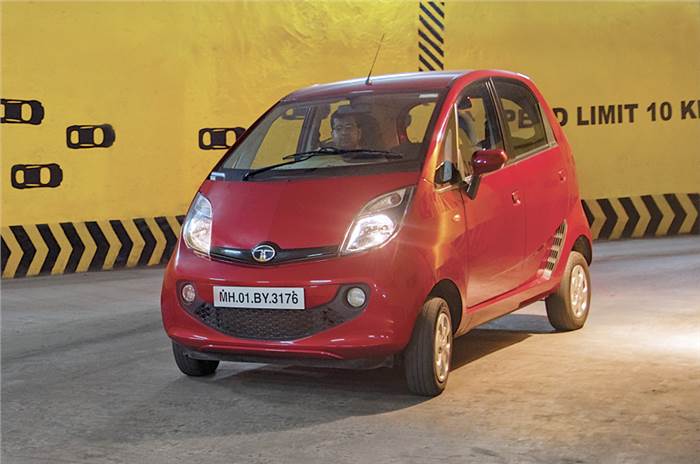
The Tata Nano of 2008 achieved its fame not through the small engine capacity of its parallel-twin motor but for its very low price. It was purposefully designed to be cheap and came with a price tag that was slightly above Rs 1 lakh when it was launched in 2008. It was a good idea when it was conceived, designed to help Indians into an affordable car when the alternative was often a moped or motorcycle.
However, by the time the Nano was launched, tastes had moved upmarket and the Tata’s necessarily low build quality soon became a reason not to buy it. The engine was not at fault though, and met the contemporary Bharat Stage-IV Indian Emissions Standards. However, a mere 38hp was never going to impress buyers tempted by the likes of the Maruti Suzuki Alto. The Nano will be discontinued from April 2019 from Tata’s line-up. Production of the Nano until June 2018 totalled around 3,00,000 – a far cry from the 2,50,000 annual sales Tata hoped for.

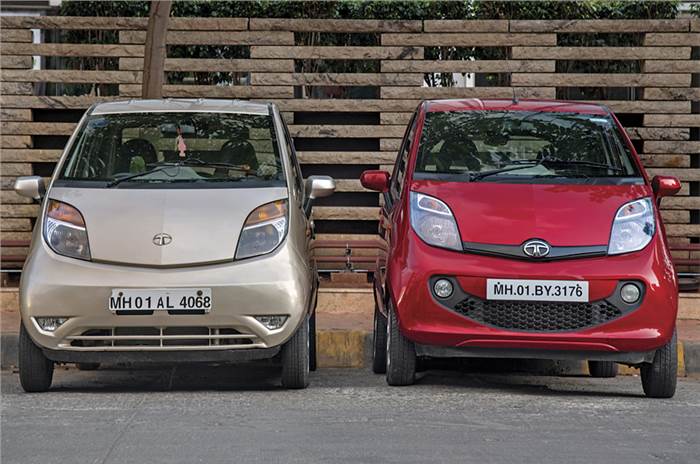


Comments
Member Login
Personal Details
No comments yet. Be the first to comment.